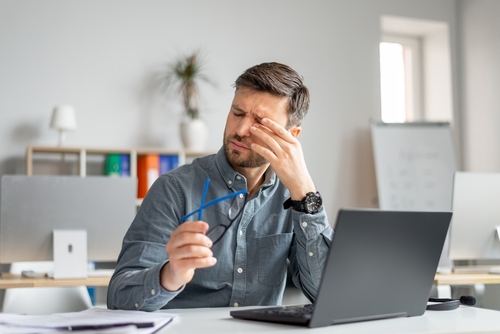
Intense pulsed light is a noninvasive procedure for treating various dermatologic conditions. These include acne, rosacea, and facial telangiectasia. IPL can also treat dry eye syndrome, which affects millions worldwide. Following proper pre- and post-treatment management guidelines is crucial. It will help you get the most out of your dry eye treatment.
Pre-treatment Management
Consultation With an Eye Doctor
The first step is to schedule a consultation with an eye doctor. An eye care professional will check your eyes' health. That will determine if you are a suitable candidate for IPL treatment. Inform your eye care provider about any preexisting conditions. You must also declare any medications that may affect the treatment outcome.
Comprehensive Eye Exam
A comprehensive eye examination is necessary before the IPL treatment. It can help identify any underlying ocular conditions that may affect the outcome.
This examination may include the following:
- Measuring tear film quality and quantity
- Meibomian gland evaluation
- Ocular surface staining
- A medical history
- Medication Management
Thus, your eye doctor may ask you to avoid them. He or she may prescribe other medications, such as artificial tears or omega-3 supplements. These aim to improve the quality of the ocular surface and tear film.
Post-treatment Management
Artificial Tear Use
Following treatment, you may experience temporary discomfort, dryness, or sensitivity to light. Preservative-free artificial tears can provide immediate relief. They can also improve the eye surface's health. It is best to use artificial tears for the first few days after the procedure.
Avoid Sun Exposure
Following treatment, avoiding direct sun exposure and wearing appropriate UV protection is best. Direct sunlight exposure can worsen dry eye symptoms, causing irritation and discomfort.
Meibomian Gland Expression
Meibomian gland dysfunction is a common cause of dry eye syndrome. IPL treatment can improve meibomian gland function and reduce inflammation in the eyelids. Following the procedure, your eye doctor may perform meibomian gland expression.
It is a manual expression of the gland's secretions. This technique can help remove any blockages in the gland. That will help improve the tear film quality and ease dry eye symptoms.
Omega-3 Supplements
Omega-3 supplements can improve dry eye symptoms. They reduce inflammation and improve the tear film's quality.
Follow-up Exams
Regular follow-up examinations are essential to tracking your condition's progress. They can help ensure the treatment provides the desired results. Your eye doctor may recommend more treatments or modifications to your therapy. These may be necessary to achieve optimal outcomes.
IPL treatment is a promising therapy for patients with dry eye disease. Yet, proper pre- and post-treatment management is crucial to achieving the best outcome. Following the guidelines discussed above is essential. These include consultation with an eye care specialist, a pre-treatment examination, and medication management.
For more on IPL treatment, visit Eastern Virginia Eye Associates at our Chesapeake, Virginia, office. Call (757) 607-4800 to schedule an appointment today.








